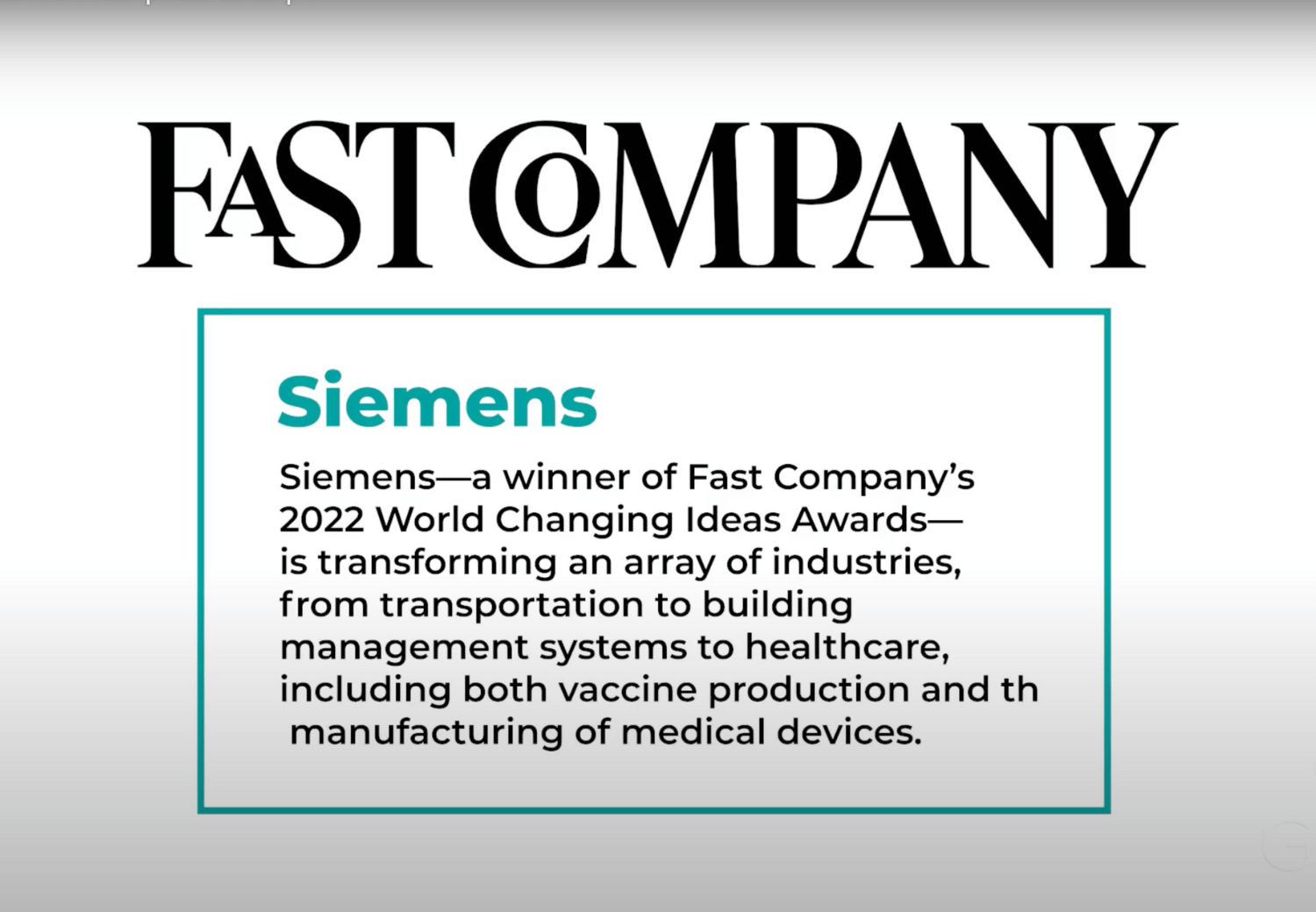Summary:
What are the best ways a leader can effectively manage changes? Here, Barbara lays out Siemens’ four priorities and why it’s critical to develop a growth mindset.
Diane Hamilton
You work with a lot of consulting firms to help them learn about change and change management. And I think a lot of people face a lot of hurdles with managing these changes and dealing with all these new issues. And what are some of these hurdles and how are you helping them? How are these leaders dealing with change? Just want to get your perspective on that.

Barbara Humpton
Yeah. Well, interesting. And over the last year or so, Siemens has introduced four priorities. I mean, it’s just this simple, right? We’ve got to have customer impact. We develop technology with purpose. You know, this is our why.
And then you go, well, how are we going to get there? Well, empowerment, you know, I chatted with you about the idea that local leaders everywhere really are part of a network as opposed to a hierarchy. But maybe the most fundamental priority is cultivating a growth mindset. And I know in your path, you’ve touched on this in so many ways. A growth mindset that a person’s belief that they can learn new things, do new things and become different and actually fit into an ever-changing future.
So, what we’re finding is that if we can actually work with folks to appreciate what we’re calling the durable skills that go along with the technical, hard skills that we’ve referred to in the past, we can get people confident in the fact that they can adapt to an ever-changing world.
Now, this is happening not only inside Siemens, but with our customers. And a great example is the work we’ve done with the FDA. Think about the challenge the FDA has had as, you know, we’ve got a world demanding all kinds of new first, you know, therapeutics, detection, treatments, etc. And what we’ve been able to do working with them is introduce new digital tools.
So, the FDA is actually disrupting their own business process to say, hey, we can use digitalization now to allow us to see virtual, a digital twin of a new proposed production process. We can actually go through a lot of steps of approval digitally without ever having to visit a site or exchange massive documentation. And we can shorten the cycle time for bringing innovations into the marketplace.
It’s this kind of possibility that we’re just trying to tell the stories everywhere we can so that people in different fields can see, ah, if NASA could use this technology to create a rover that landed on the surface of Mars and the FDA can use it to do drug approvals or new medical device approvals, how could we be using this same technology in our own world? And it’s happening everywhere.
And then you go, well, how are we going to get there? Well, empowerment, you know, I chatted with you about the idea that local leaders everywhere really are part of a network as opposed to a hierarchy. But maybe the most fundamental priority is cultivating a growth mindset. And I know in your path, you’ve touched on this in so many ways. A growth mindset that a person’s belief that they can learn new things, do new things and become different and actually fit into an ever-changing future.
So, what we’re finding is that if we can actually work with folks to appreciate what we’re calling the durable skills that go along with the technical, hard skills that we’ve referred to in the past, we can get people confident in the fact that they can adapt to an ever-changing world.
Now, this is happening not only inside Siemens, but with our customers. And a great example is the work we’ve done with the FDA. Think about the challenge the FDA has had as, you know, we’ve got a world demanding all kinds of new first, you know, therapeutics, detection, treatments, etc. And what we’ve been able to do working with them is introduce new digital tools.
So, the FDA is actually disrupting their own business process to say, hey, we can use digitalization now to allow us to see virtual, a digital twin of a new proposed production process. We can actually go through a lot of steps of approval digitally without ever having to visit a site or exchange massive documentation. And we can shorten the cycle time for bringing innovations into the marketplace.
It’s this kind of possibility that we’re just trying to tell the stories everywhere we can so that people in different fields can see, ah, if NASA could use this technology to create a rover that landed on the surface of Mars and the FDA can use it to do drug approvals or new medical device approvals, how could we be using this same technology in our own world? And it’s happening everywhere.
Related Posts

You Can’t Please Everyone
Vy Tran learned a tough lesson as a first-time manager – you can’t please everyone. Having to “drive accountability” while also being a self-described “people pleaser” required Vy to dig deep and re-think how she communicates with her team.

Failing Forward
Failing forward is an essential skill not just at work but in life. For Vy Tran, learning from her mistakes has made her a more effective and influential leader.

